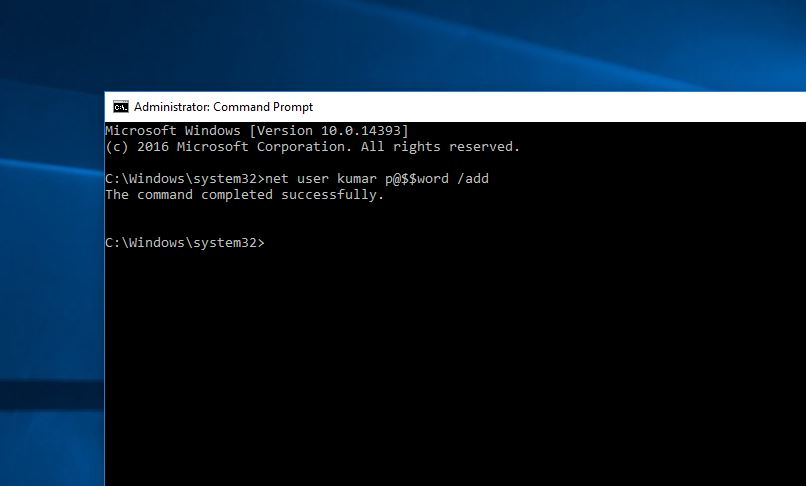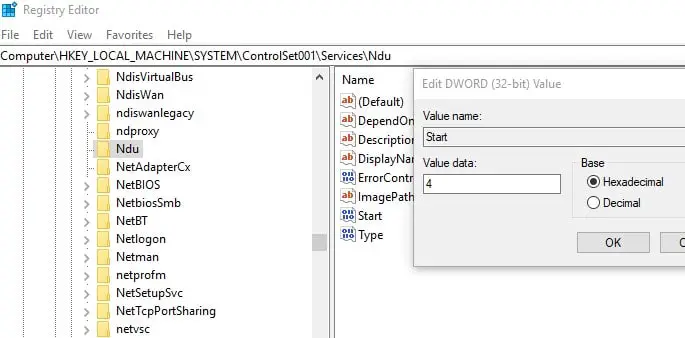Did you notice windows 10 laptop running Very slow, became unresponsive, not responding after the recent Windows Update and checking on the task manager “service host local system” processes which are consuming a lot of CPU, Memory, and disk? Let’s understand What is service Host Process, why it’s taking a huge amount of CPU, Disk or Memory on Windows 10. And how to fix High CPU usage on Windows 10.
What is the Service Host Local System?
The service host local system is the whole collection of the various system processes. It works on automated services. There are many Service Host containers, such as Service Host: Local Service, Service Host: Local System, Service Host: Network Service, etc. There are many others too, and all of them are essential for the smooth functioning of Windows.
This is also a system that performs a number of scheduled tasks at the same time, this involves various tasks that take off concurrently which allows them to use most of the laptop resources from Memory, Internet Data, and RAM.
Service Host Local System high CPU
First of all, try ending the task process (Diagnostic Policy Service, Network Restricted, etc) and let it restart itself. See if high CPU usage occurs from the process now. If this continues, reboot the machine.
Run SFC and DISM command
- Simply open the Command prompt As an administrator,
- Type sfc /scannow and hit the enter key.
- This will scan the system for missing corrupted system files.
- If found any the SFC utility restores them automatically from a compressed folder located on %WinDir%\System32\dllcache.
Also, Run DISM command DISM /Online /Cleanup-Image /RestoreHealth. Which repair and prepare Windows images, including the Windows Recovery Environment, Windows Setup, and Windows PE.
Create a new user account
Again if the user account profile gets corrupted, this may cause any service stuck and use a huge amount of CPU, RAM. We recommend create a new user account by following the steps below and check it helps.
- To create a new user account simply open the command prompt as administrator,
- type net user <username> <Password> /add.
(Note: Replace username and password as your own )
Now log off from your current user account and login to the newly created user account and check System resource usage came to normal.
Install the latest updates
Microsoft Regularly drops windows updates with security improvements and bug fixes. May any bug causing the High CPU usage issue, check and install the latest windows updates which help if any bug causing this high system resource usage problem.
- Open windows settings using the Windows + I keyboard shortcut,
- Click Update & security then click on windows update
- Now hit the check for updates button to allow the download and install the latest windows updates.
- After that restart windows and check high system resource usage problem is solved.
Also open Control Panel > Troubleshooting > View all. Here are the troubleshooting packages available. Click on System maintenance and run the troubleshooter.
Open Device Manager ( press Windows + R, type devmgmt.msc ), check and make sure you’ve the latest drivers installed on the system.
Disable SysMain service
- Open windows services using services.msc,
- Look for service named Sysmain Double click on it.
- Here change the startup type disabled, and stop the service next to service status as shown image below.
- Do the same with services named BITS and Windows update service. Restart windows and check System resource usage came to normal.
Tweak Windows registry editor
- Press Windows + R, type regedit and ok to Open Windows Registry Editor.
- Backup Registry database and navigate to
- HKEY_LOCAL_MACHINE > SYSTEM > ControlSet001 > Services > Ndu.
Here on the middle pane double click on start and change its value date to 4 ( This will disable memory leak in the non-paged pool. ) click ok, close the registry editor and restart windows. Check system resource usage came to the normal stage.
These are some applicable solutions you may try to fix Service Host Local System High CPU Usage on Windows 10. Have any query suggestions about this post feel free to discuss in the comments below.
Also, Read



